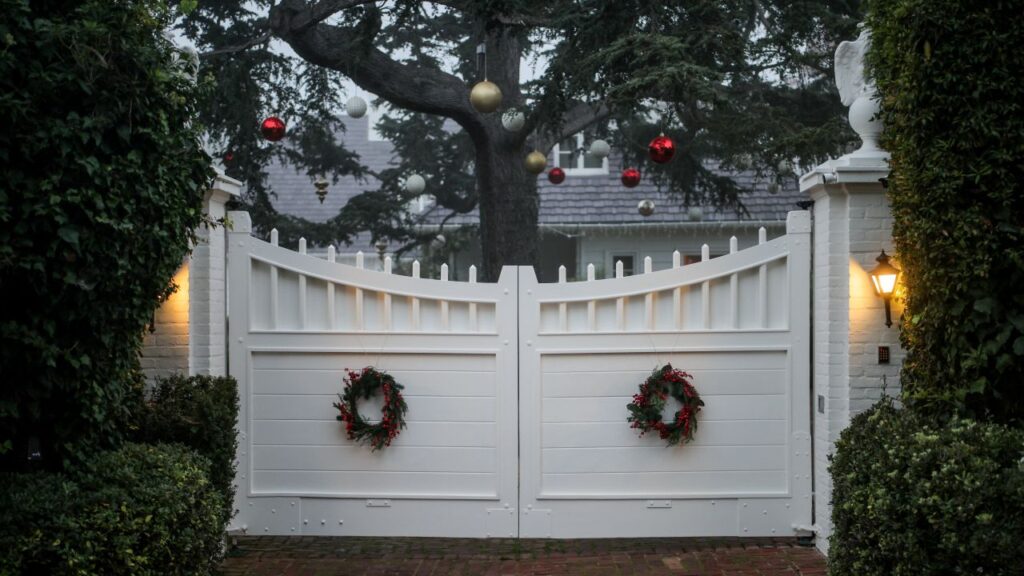Share
WASHINGTON — The Supreme Court sounds as though it will allow a 40-foot cross-shaped war memorial to remain on public land in Maryland, but shy away from a sweeping ruling.
The justices are hearing arguments Wednesday in a closely watched case about the place of religious symbols in public life. The nearly 100-year-old cross was built in a Washington, D.C., suburb as a memorial to area residents who died in World War I.
The bigger question might be whether there are enough votes to rule in a way that would allow governments to erect more religious symbols on public property.
Several conservative justices sounded skeptical of the broadest approach, advocated by the lawyer for the American Legion. The veterans’ organization raised money for the cross and completed it in 1925.
Those challenging the presence of the cross say that if the court allows it to stand on public land, the ruling could make it easier for government officials to defend support for religion. On the other side, supporters of the cross say a ruling against them could spell the “doom of hundreds of war memorials that use crosses to commemorate the fallen.”
The cross’s challengers include three area residents and the District of Columbia-based American Humanist Association, a group that includes atheists and agnostics. They argue that the cross’s location on public land violates the First Amendment’s establishment clause, which prohibits the government from favoring one religion over others. They say the cross should be moved to private property or modified into a nonreligious monument such as a slab or obelisk. The group lost the first round in court, but in 2017 an appeals court ruled the cross unconstitutional.
Officials Say That the Cross Doesn’t Violate the Constitution
In addition to the American Legion, Maryland officials who took over maintenance of the cross nearly 60 years ago to preserve it and address traffic safety concerns are arguing that it should be left where it is. Maryland officials say that the cross doesn’t violate the Constitution because it has a secular purpose and meaning.
The Supreme Court has been criticized for being less than clear in explaining how to analyze monuments so-called passive displays, like Maryland’s cross, that are challenged as violating the Constitution’s establishment clause. In 1971 the court announced a test for use in such cases, which asks whether the government’s action has a secular purpose, advances or inhibits religion or fosters “an excessive government entanglement with religion.” But in the decades since, the court hasn’t always followed that test, and several former and current justices have criticized it.
Monuments that are similar to Maryland’s cross, meanwhile, have met with a mixed fate at the high court. For example, on the same day in 2005 the court upheld a Ten Commandments monument on the grounds of the Texas state Capitol while striking down Ten Commandments displays in Kentucky courthouses. Justice Stephen Breyer, whose vote made the difference in the outcome in both cases, said the Texas display had a primarily nonreligious purpose while the history of the Kentucky courthouse displays demonstrated a government effort to promote religion.
A decision in the Maryland case is expected by the end of June.


















